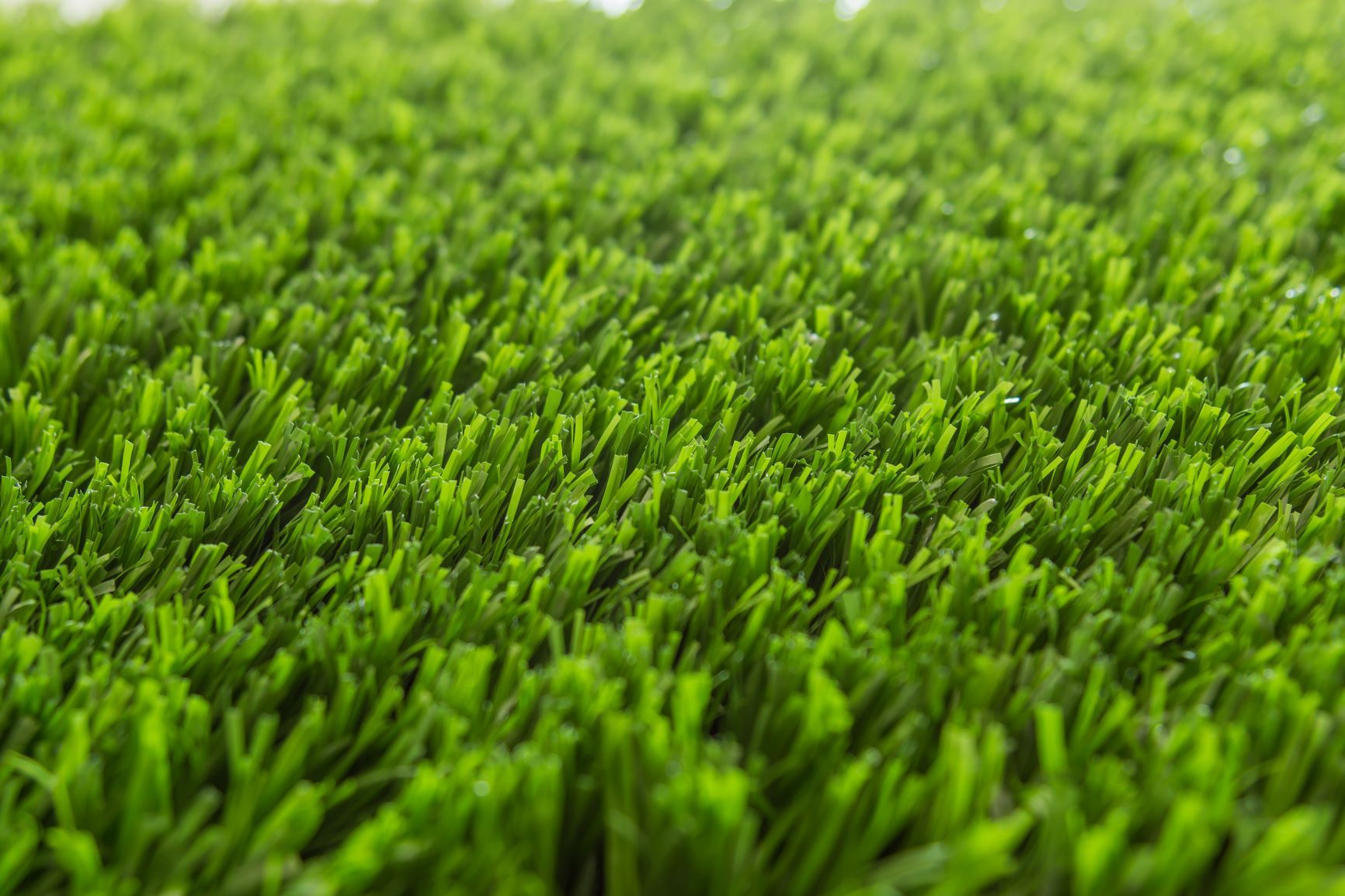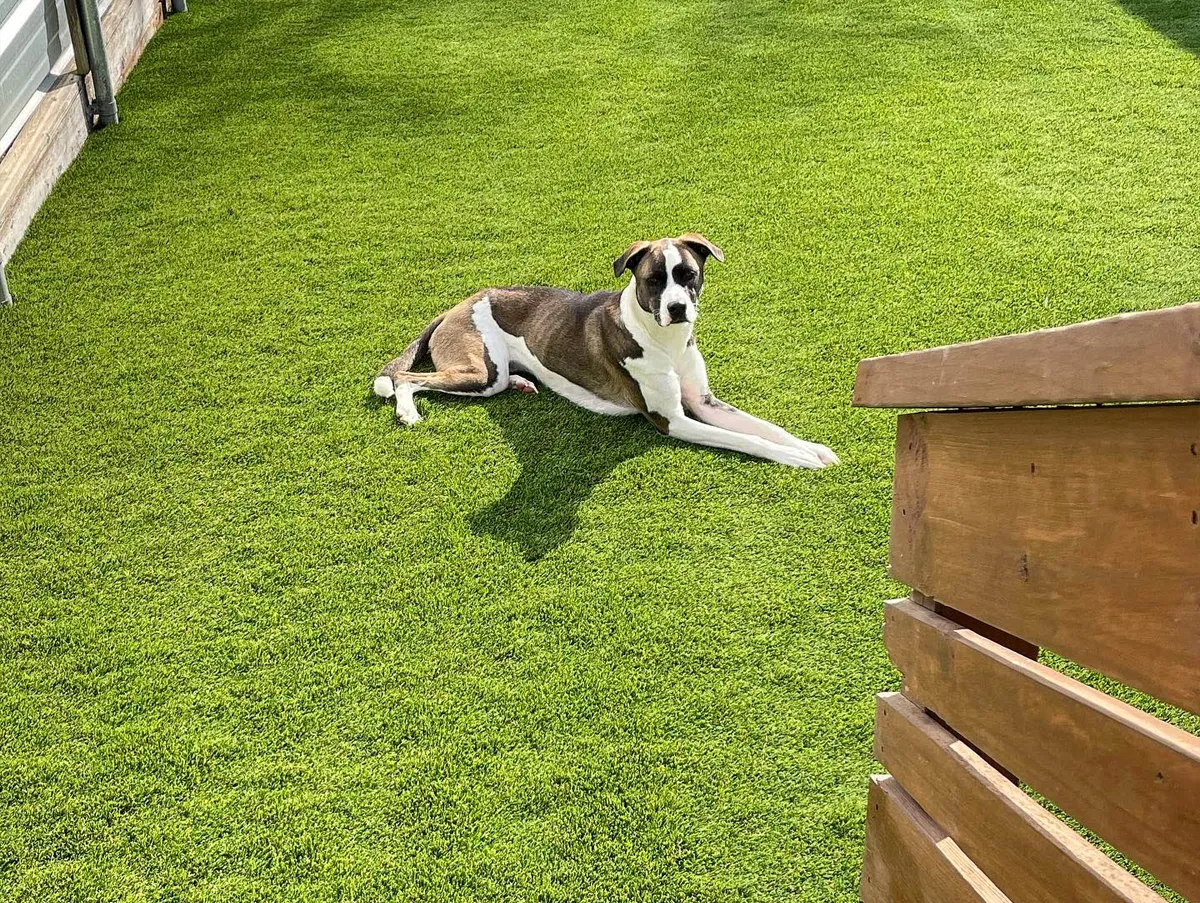Reputable Phoenix Turf Companies Providing Best Synthetic Grass Installation
Reputable Phoenix Turf Companies Providing Best Synthetic Grass Installation
Blog Article
Explore the Environmental Benefits of Opting for Synthetic Grass Solutions
The adoption of synthetic turf solutions provides an engaging opportunity to address pressing ecological difficulties. By significantly lowering water use and minimizing the application of unsafe chemicals, these alternatives not just advertise lasting landscape design but also protect local communities.
Water Preservation Conveniences
One of the most significant advantages of man-made grass is its capacity to preserve water. In contrast, artificial grass does not need watering, substantially lowering the general need for water resources.
By removing the requirement for regular watering, synthetic grass adds to sustainable landscape methods and helps alleviate the environmental influence of too much water intake. The preservation of water expands to the reduction of overflow, which can lead to dirt disintegration and waterway air pollution.
Additionally, the installment of synthetic grass permits home owners and communities to designate water resources much more effectively, focusing on important usages such as alcohol consumption water and agriculture. The shift in the direction of synthetic grass not just promotes liable water use however also straightens with wider environmental objectives focused on protecting natural deposits.
As neighborhoods increasingly focus on sustainability, the water conservation benefits of fabricated lawn present an engaging case for its adoption in business and residential landscaping jobs.
Minimized Chemical Use
The change to synthetic grass considerably reduces the dependence on chemical treatments commonly made use of in all-natural turf maintenance. Traditional turf management commonly entails the application of chemicals, fertilizers, and herbicides to advertise growth and control pests. These chemicals can position risks to human health and wellness, neighborhood wildlife, and the setting, contributing to soil and water contamination.
In comparison, synthetic grass removes the requirement for these dangerous compounds. Once set up, it requires very little upkeep, mostly including regular cleaning and seldom infill replenishment. This decrease in chemical use not just benefits the immediate environment however also contributes to more comprehensive ecological security. By minimizing the launch of synthetic compounds right into the ecological community, synthetic grass advertises healthier soil and water supply.
Furthermore, the absence of chemical drainage linked with synthetic grass setups assists shield neighborhood waterways from air pollution, supporting aquatic life and maintaining biodiversity. Phoenix turf companies. As areas increasingly focus on lasting methods, choosing synthetic grass provides a sensible option that aligns with environmental conservation goals. Through this change, home proprietors can enjoy lush eco-friendly rooms without jeopardizing environmental wellness, leading the way for an extra sustainable future
Lower Carbon Footprint

In addition, the installment of synthetic grass can lead to substantial water conservation. Natural lawns need substantial amounts of water for watering, which not just includes in the carbon footprint connected with water extraction and therapy yet likewise stress neighborhood water sources. In contrast, artificial grass requires minimal upkeep, calling for no watering, therefore considerably minimizing water usage and its connected power expenses.
In addition, the durability of synthetic grass adds to its lower carbon effect. With a life expectancy of approximately 15 years or even more, the need for regular replacements is decreased, resulting in much less waste and reduced energy usage in manufacturing and taking care of standard grass choices. Overall, synthetic grass provides a sustainable alternative for eco conscious landscaping.
Environment Preservation
Habitat conservation is a critical factor to consider in the argument over landscape design selections, particularly when contrasting synthetic grass to natural yard. Natural turf yards often call for extensive maintenance, including making use of chemicals, herbicides, and fertilizers, which can detrimentally impact neighborhood communities. These chemicals can seep right into the dirt and rivers, damaging indigenous plants and fauna and disrupting regional environments.
In comparison, man-made turf presents a chance to minimize the eco-friendly impact of landscape design. By selecting artificial turf, house owners can lessen the disruption of natural environments related to standard click to investigate yard treatment practices. Synthetic grass removes the need for unsafe chemicals, consequently safeguarding neighboring wild animals and keeping the integrity of bordering environments. The setup of synthetic turf can lead to the conversion of previous lawn areas right into even more biodiverse landscapes, such as pollinator gardens or native plant locations, which can sustain local wildlife.
Ultimately, the change to synthetic grass not just conserves water and decreases upkeep initiatives but also fosters a much more unified relationship between human tasks and the natural surroundings, advertising environment preservation at the same time.
Long-Term Sustainability
Long-term sustainability is an essential variable in evaluating the benefits of fabricated turf over traditional yard lawns. One of the most significant advantages of synthetic grass is its durability; it can last up to find out here now 15-20 years with minimal upkeep, whereas natural turf calls for frequent reseeding and substitute. This durability lowers the requirement for continuous resources, such as water, plant foods, and chemicals, which are necessary for preserving a healthy yard lawn.
Additionally, artificial lawn adds to a decrease in carbon emissions related to lawn treatment tools. Conventional grass usually need gas-powered mowers, trimmers, and blowers, every one of which contribute to air contamination. Phoenix turf companies. In comparison, synthetic lawn eliminates the demand for such equipment, advertising a cleaner environment
Additionally, the manufacturing of synthetic grass progressively utilizes recycled products, enhancing its sustainability profile. As producers embrace eco-friendly techniques, the environmental impact of synthetic grass proceeds to diminish.

Verdict
The fostering of synthetic grass solutions offers substantial environmental advantages, including considerable water preservation, lowered dependence on unsafe chemicals, and a lower carbon footprint. Artificial grass aids in maintaining all-natural environments by lessening land disruption and advertising long-term sustainability through the use of long lasting products. Jointly, these factors underscore the possibility of fabricated lawn to add favorably to environmental wellness and supply a practical alternative to conventional landscaping practices in a significantly resource-conscious globe.
In contrast, synthetic lawn does not require watering, considerably reducing the overall demand for water resources. By reducing the launch of artificial compounds right into the ecosystem, artificial turf promotes healthier dirt and water systems.
In addition, the setup why not try here of man-made lawn can result in substantial water preservation. In comparison, synthetic lawn needs very little upkeep, needing no watering, thereby substantially minimizing water use and its linked energy prices.

Report this page